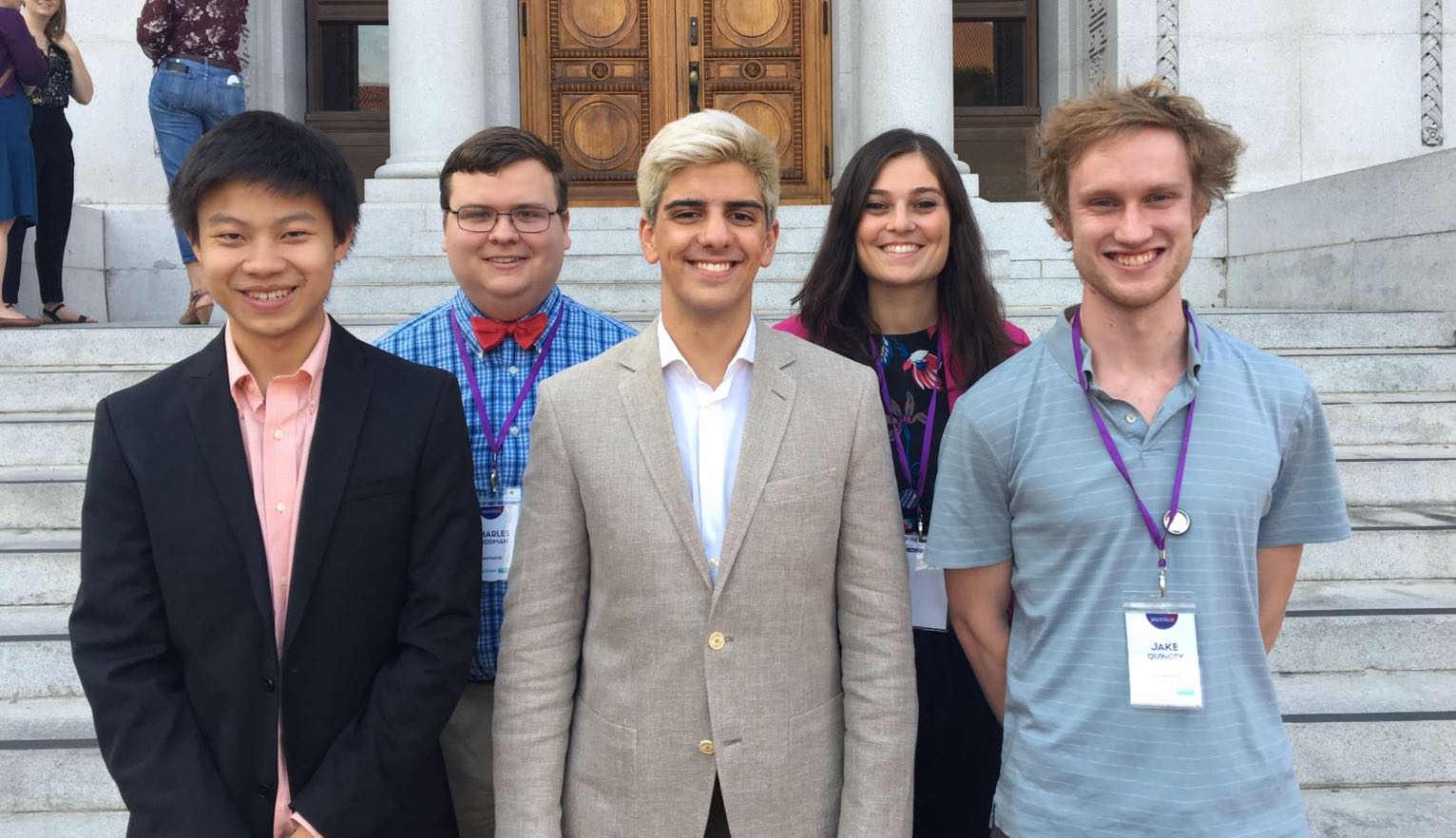2018 : #ImagineNuclear
The 2018 Nuclear Innovation Bootcamp: Imagine Nuclear took place at UC Berkeley from July 30th to August 10th and introduced 22 students and young professionals to innovations taking place in the nuclear energy sphere. Participants took part in modules that touched upon economics, law, policy, engineering, stakeholder engagement, licensing, and communications.
Team Design Projects :
First Place : Testing and Irradiation of Materials (TIM)
Francisco Fidalgo, Charley Goodman, Jake Quincey, Brian Shen, Nicole Virgili
We are addressing the current backlog and inflexibility in testing of fuels and materials at test reactors around the world. Our idea is to take advantage of the untapped subcritical space in which companies like SHINE Medical Technologies operate by using a high flux neutron generator to irradiate a subcritical assembly. This technology will expedite the process of new fuel certification and allow nuclear startup companies focused on Gen IV reactors to mature their designs and reach licensing and commercialization much faster.

Cerebellic Solutions
Ahmed Alshehhi, Edward Chen, Yuqiao (Joy) Fan, Jordan Perrone
As a software company providing consulting service, we will incorporate pre-existing technology, i.e., machine learning data analytics, facial recognition, etc. to digitize and reduce O&M costs for existing nuclear power plants. By finding redundancies in plant operation through large data collection, it is possible to reduce excessive and repeated work.
Reactions For Action (non-profit)
Shane Gallagher, Matthew Herald, Ben Lilley, Jeremiah Mbazor, Valentin Pauly, Dylan Scallo
We seek to change public perception of nuclear science by inspiring, advocating, and collaborating. Our goal is to reach a wide audience through key collaborations, rebranding initiatives, and social media efforts - painting a picture of a bright, sustainable future.
Transient
River Bennett, James Egelhoff, Priya Ghosh, Richard Repukaiti
Transient targets the temporary power market by managing the logistics and regulatory compliance needed to transport nuclear microreactors to disaster situations, remote industries, and off-grid events. Taking nuclear to the customers who need it creates unprecedented opportunities for nuclear to interface with new populations while on-grid “hub” facilities allow non-deployed reactors to supply resilient power to traditional customers.




